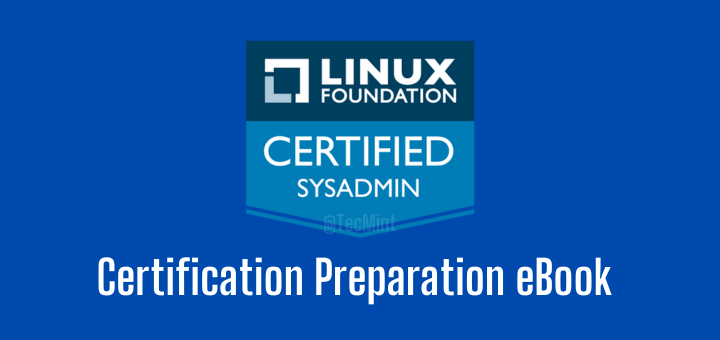As a Linux system administrator, many times, you will get into situations where you need to manipulate and reformat the output from different commands, to simply display part of a output by filtering out a few lines. This process can be referred to as text filtering, using a collection of Linux programs known as filters.
There are several Linux utilities for text filtering and some of the well known filters include head, tail, grep, tr, fmt, sort, uniq, pr and more advanced and powerful tools such as Awk and Sed.

Unlike Sed, Awk is more than just a text filtering tool, it is a comprehensive and flexible text pattern scanning and processing language.
Awk is a strongly recommended text filtering tool for Linux, it can be utilized directly from the command line together with several other commands, within shell scripts or in independent Awk scripts. It searches through input data or a single or multiple files for user defined patterns and modifies the input or file(s) based on certain conditions.
Since Awk is a sophisticated programming language, learning it requires a lot of time and dedication just as any other programming language out there. However, mastering a few basic concepts of this powerful text filtering language can enable you to understand how it actually works and sets you on track to learn more advanced Awk programming techniques.
After carefully and critically revising our 13 articles in the Awk programming series, with high consideration of the vital feedback from our followers and readers over the last 5 months, we have managed to organize the Introduction to Awk programming language eBook.
Therefore, if you are ready to start learning Awk programming language from the basic concepts, with simple and easy-to-understand, well explained examples, then you may consider reading this concise and precise eBook.
What’s Inside this eBook?
This book contains 13 chapters with a total of 41 pages, which covers all Awk basic and advance usage with practical examples:
- Chapter 1: Awk Regular Expressions to Filter Text in Files
- Chapter 2: Use Awk to Print Fields and Columns in File
- Chapter 3: Use Awk to Filter Text Using Pattern Specific Actions
- Chapter 4: Learn Comparison Operators with Awk
- Chapter 5: Learn Compound Expressions with Awk
- Chapter 6: Learn ‘next’ Command with Awk
- Chapter 7: Read Awk Input from STDIN in Linux
- Chapter 8: Learn Awk Variables, Numeric Expressions and Assignment Operators
- Chapter 9: Learn Awk Special Patterns ‘BEGIN and END’
- Chapter 10: Learn Awk Built-in Variables
- Chapter 11: Learn Awk to Use Shell Variables
- Chapter 12: Learn Flow Control Statements in Awk
- Chapter 13: Write Scripts Using Awk Programming Language
To get access to these materials in PDF format, for that reason, we present you with the chance to buy this AWK ebook for $15.00 as a limited offer.
| For International Users | Price in Dollar | PayPal | Stripe |
|---|---|---|---|
| Introducing the Awk Getting Started Guide for Beginners | $ 15.00 | Order Now | Order Now |
With your purchase, you will support Tecmint and ensure that we will continue to produce more high-quality articles for free on a regular basis as always.







